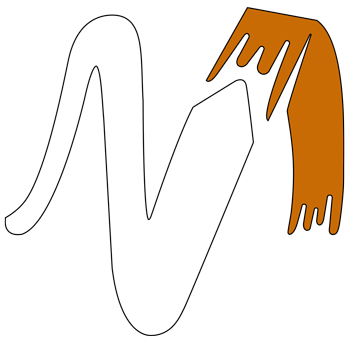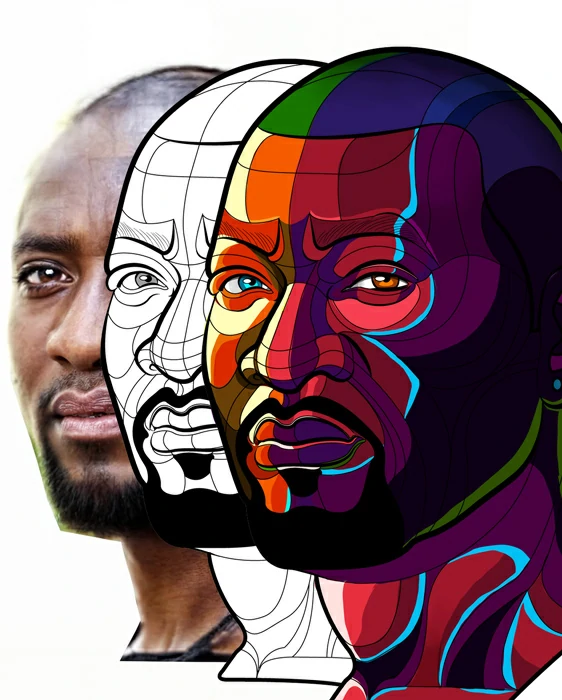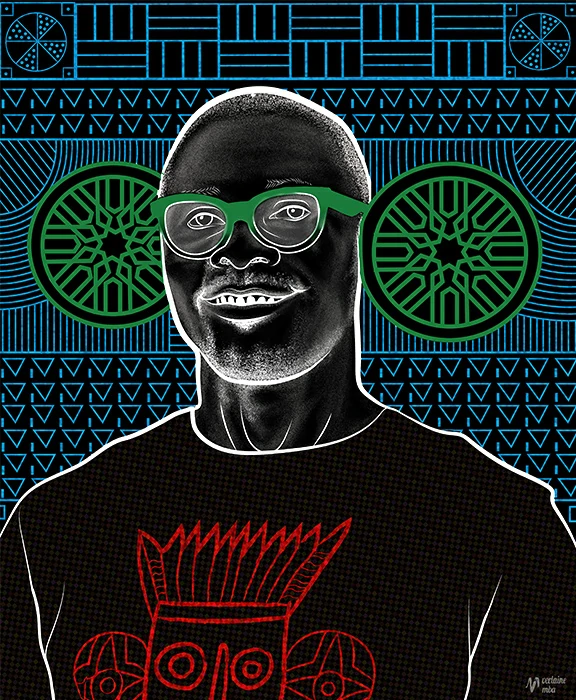Table of materials
The face, a true mirror of emotions, is key in anatomy and expression. To draw it well, you need to understand its parts, especially the mouth. This flexible feature changes greatly depending on the person’s shape. Knowing how to draw a mouth is important for portraits, character designs, or sketches. In this guide, we will show different techniques and styles step by step. You will learn how to draw mouths that match your style, whether it is realistic, manga, cartoon, or something more unique.
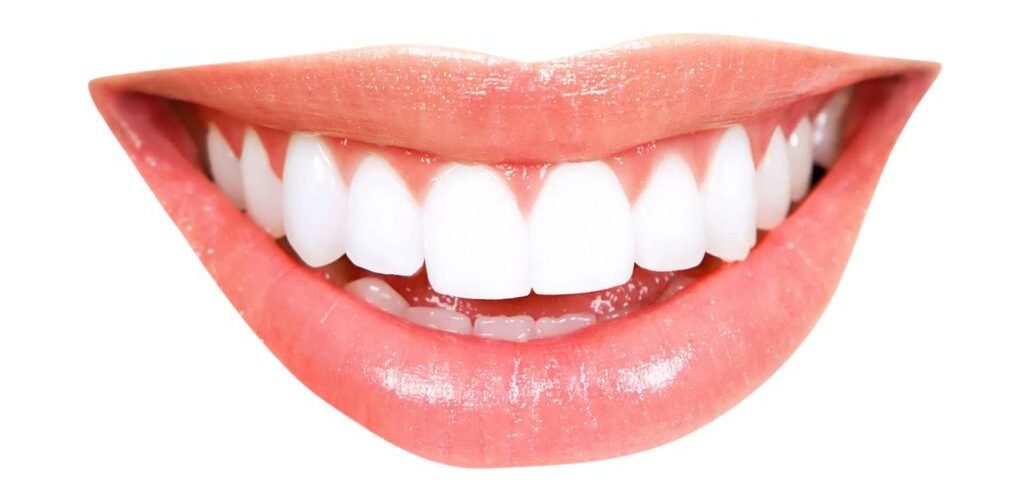
Article Summary:
Materials needed to draw a mouth include a pencil, an eraser, drawing paper, and sometimes charcoal to add texture.
The anatomy of the mouth includes the lips, the Cupid’s bow, the nasolabial swellings, and the philtrum.
How to draw a mouth step-by-step: you need to sketch the shapes, add details, refine the contours, and lightly shade them.
1- Materials required
For the purpose of drawing a mouth, you will need the following tools:
- Depending on your convenience, a basic HD pencil could solve the problem.
- An effective araser: A high-quality eraser will help you fix mistakes and refine your drawing.
- Choose a drawing paper that is smooth or slightly textured and suitable for pencils and glue.
- An instructional charcoal: This type of charcoal can give your drawing depth and texture.
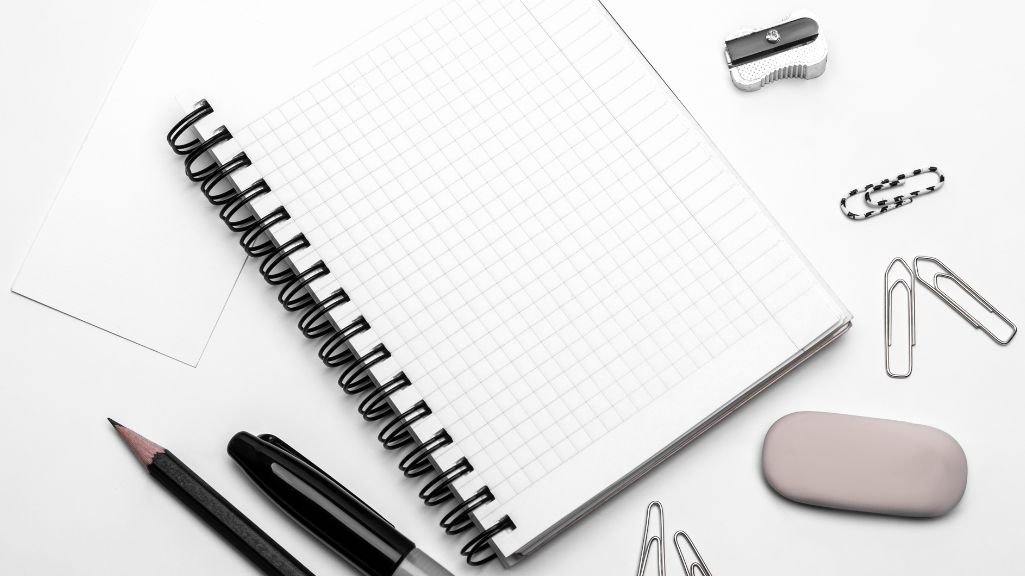
2- Anatomy of the mouth
2.1. The position of the mouth on the human face
It is essential to properly arrange the mouth in relation to other facial features in order to draw a realistic and proportionate mouth:
- Center of face: The face is divided vertically into three equal halves, from the hair line to the menton.
- Nose and mouth: Between the eyes and the mouth, the nose takes up the center of the second part. The mouth is situated behind the nose, halfway between the base and the menton.
- Vertical alignment: A line runs across the middle of the face, passing between the eyes and the area of the mouth.
- Horizontal alignment: The distance between the eye pupils and the size of the mouth frequently match.
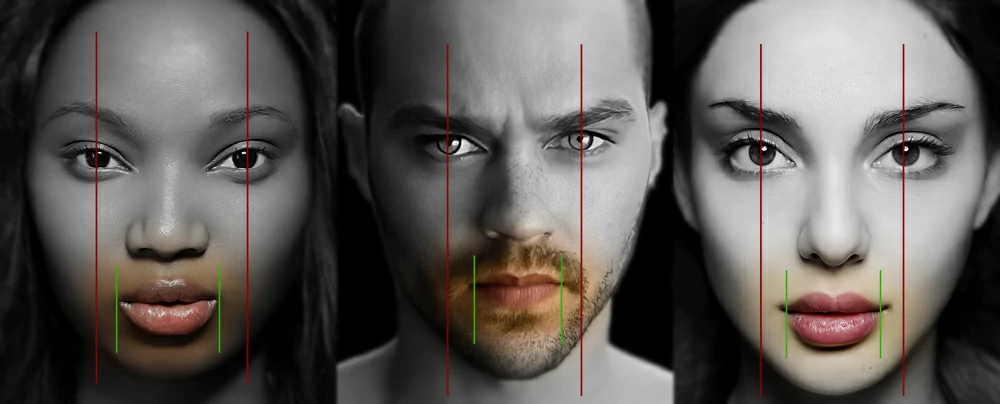
2.2. The different parts of a mouth
To succeed with your drawings, you must understand the anatomy of the mouth. Here are its main components:
The lips: The thicker inferior and the finer superior lips join the commissures.
Cupid’s bow: This elegant V-shaped curvature on the upper lip is really unusual.
Nasalabial furrows: These plis extend from the nose to the lips, giving the face depth and emotion.
The philtrum: This characteristic completes the Cupid’s bow with central tubers and relies the nez on the mouth.
The teeth: Even though they are hidden, their position and form directly affect how the mouth looks.
These components enable you to create a variety of styles for your characters.
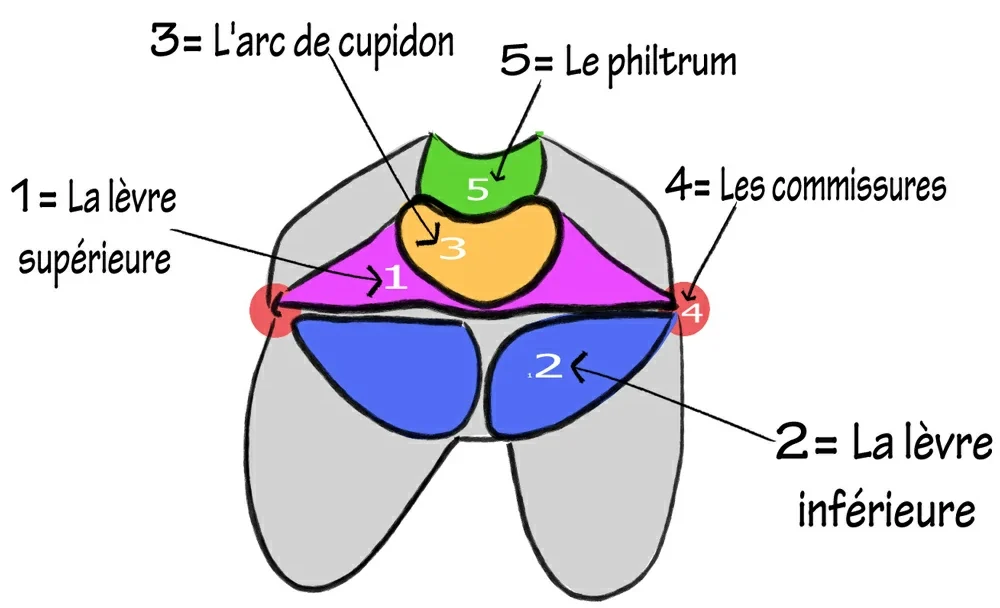
3 -How to draw a mouth step by step
To draw a face, you must watch a living model to grasp its realistic proportions and forms.
Sketch the basic shapes: Draw the upper and lower lips by drawing a horizontal trait. Put two ovals for the lower lip on the bottom and a heart that symbolizes the Cupid’s bow on top. Sketching the contours will alleviate them.
Mark the important details: Create the Cupid’s bow, attach the nose to the mouth’s corners, and add two tiny commas to the central trait’s periphery.
Adjust the proportions: Strengthen your main shapes and eliminate the building lines.
Add the faculty lights and shadows: Examine your model, add a few little adjustments for a realistic effect, and add volume.
Once your drawing is complete, add the mouth to the face by focusing on harmony and universal expression.

4 -How to draw a mouth according to gender
In order to create realistic and inclusive characters, one must respect individual diversity while comprehending the subtleties of the anatomy of the mouth.
Methods for drawing a girl’s mouth: Women’s lips are frequently larger and more rounded, more delicately drawn, and marked with a Cupid’s bow. There are more open expressions, including broad smiles and frantic rires.
Tips for drawing a man mouth: Male lips are more defined, thick, rectangular, and fine, with a marquéd commissure. Frequently, the expressions are stoic, with more subdued smiles.
5 -How to draw a mouth according to ethnic origin
- To illustrate an African mouth: The lips are soft, colored, and have distinct features.
- To draw an Asian-style mouth: The lips have a subtle Cupid’s bow and are finer and less pronounced.
- To draw a European mouth, the lips are typically thin, symmetrical, and have a distinct Cupid’s bow.
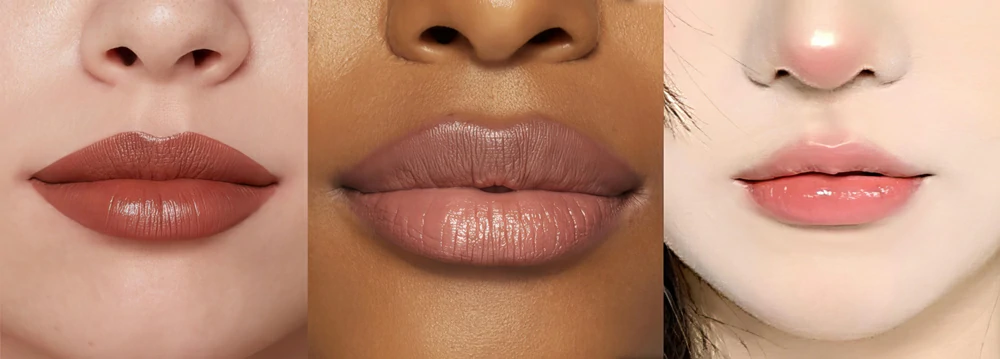
6 -How to draw mouth expressions and emotions
The mouth is a powerful tool for communicating emotions. You can practice drawing mouths that convey joy, sadness, humor, surprise, fear, and other emotions. Pay close attention to the facial expressions in real life and use mirrors to help you train.
Due to its great mobility, the mouth plays a crucial role in human emotional expression. Giving characters life is made possible by capturing its subtle subtleties. Exaggerate the movements a little bit to make the expression more noticeable.
Here are some tips for drawing expressive mouths:
- Joy: The corners in the mouth separate, the lips separate, and the teeth show up.
- Sadness: A fold forms between the nose and the mouth as the corners in the mouth separate.
- Anger: Teeth may appear, the lips may compress, and the mouth may become serrated.
- Surprise: The eyes enlarge, the lips stretch, and the mouth opens.
- Fear: The lèvres were sere, the mouth’s corners were sere, and the eyebrows were frothing.
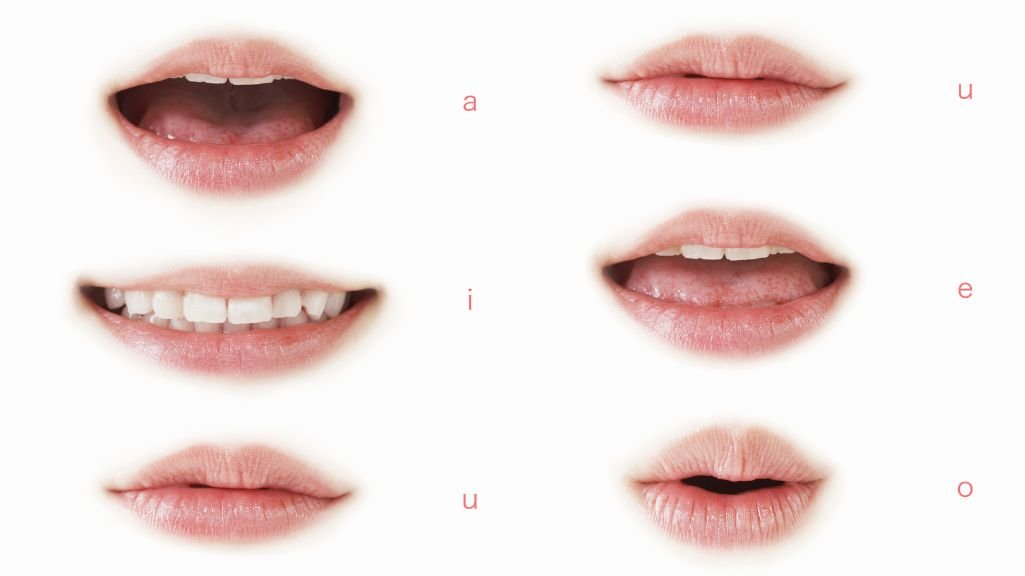
7 -How to draw a character's mouth
Emotions can be effectively communicated through the mouth. Try to come up with some verbal expressions that convey joy, sadness, humor, surprise, fear, and other emotions. Make use of mirrors to watch the facial expressions in real life and train yourself.
7.1. Play with thickness.
- The fine lips provide a refined, distinct, or svelte air.
- Having thick lips conjures up feelings of sensuality, indulgence, or excitement.
- Don’t be afraid to exaggerate or reduce the thickness to highlight the character.
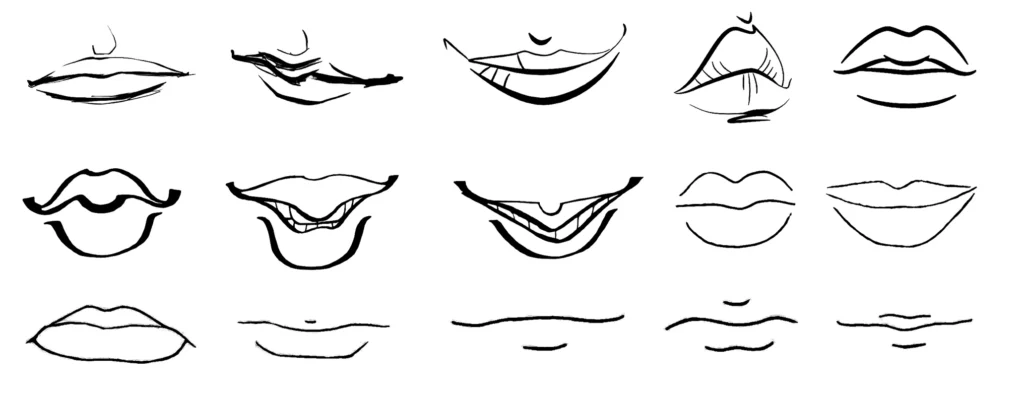
7.2. Explore shapes
- Cupid’s bow: This bow in the middle of the upper lip can be pronounced fin for a more discrete air or sensual.
- Commissures: The corners in the mouth might be averted for a gloomy or melancholy mood or directed for a smile that is enjoyed.
- General shape: A big mouth can convey extraversion, while a small mouth can convey timidity.
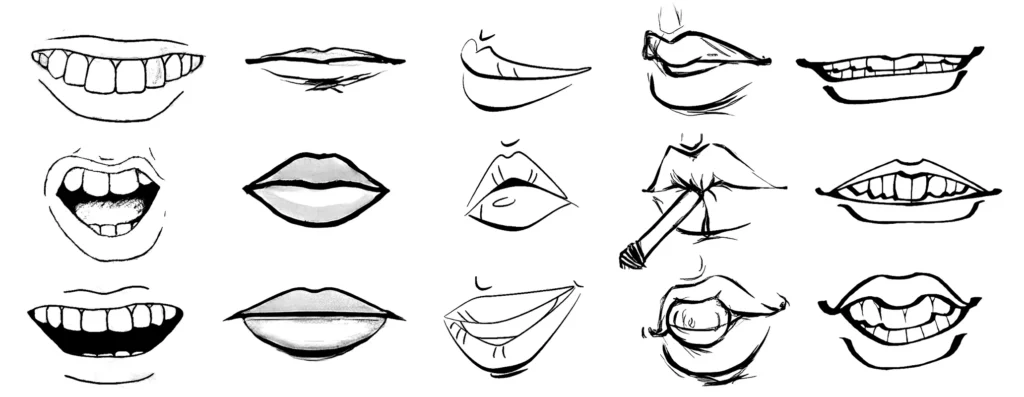
7..3. Add expressions
Smile: To convey happiness, fun, or malice, alter the size and shape of your smile.
Laugh: For a fierce and contagious rire, open your mouth wide, show off your teeth and mark the oyster paws.
Sadness: To convey sadness or pain, release your grip, hide your smile, and mark the lips around your mouth.
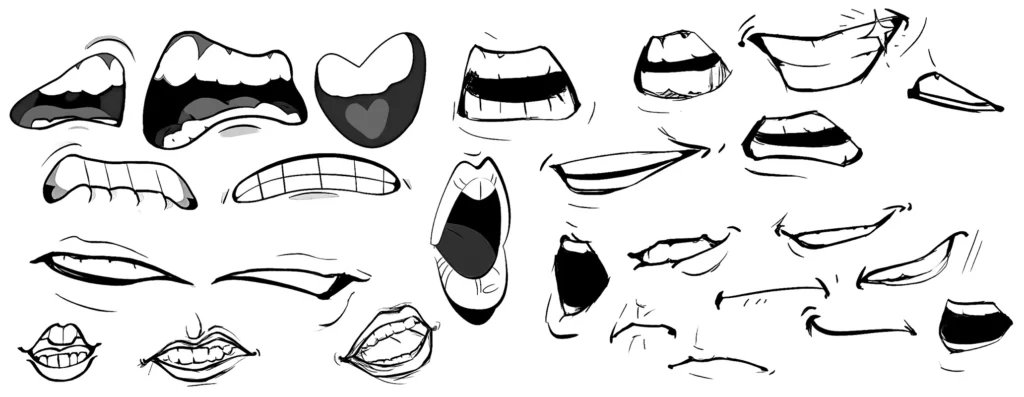
7.4. Don't forget the associations
Small mouth: Often linked to characters that are timid or small in stature.
Large mouth: Designed for expressive or outgoing characters.
Fine lips: They can define a manly face.
Thick lips can define a feminine face (but there are some exceptions!).
8- How to draw a mouth in different styles
To draw a mouth in a variety of ways, emphasize the features for a caricature, simplify the shapes with bold lines for a cartoon, and get inspired by extraordinary eyes and facial expressions for an anime.
Regardless of the style you use, capturing the essence of a mouth is essential to giving your characters life.
8.1. How to draw an anime-style mouth
Large eyes and little mouth: Anime’s mouths are frequently small and delicate in comparison to their expressive eyes.
Eliminated and simple lines: Use short, precise lines to define the shape of the mouth.
Vibrant colors: Don’t be afraid to highlight your expressions using vibrant colors and contrasts.
Exaggerated expressions: For more impact, anime frequently uses exaggerated expressions. Don’t be afraid to give away your smiles, grimaces, or pout.
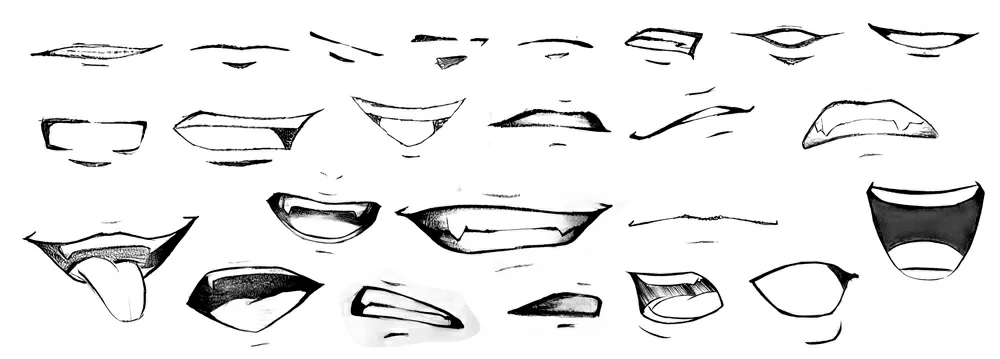
8.2. How to draw a cartoon mouth
Simple and geometric shapes: Cartoon mouths are frequently depicted using simple and geometric shapes, such as triangles or circles.
Vibrant and consistent colors: To fill the mouth, use vibrant and consistent colors.
Thick contours: Highlight the mouth with thick, dark contours.
Exaggerated and humorous expressions: For a humorous effect, cartoons frequently use exaggerated and humorous expressions.

8.3. How to draw a mouth in caricature style
Exaggerations and deformations: Caricature entails manipulating facial features to produce a humorous or satirical effect.
Disproportionate mouths: In caricatures, the mouths are frequently out of proportion to the rest of the face.
Grotesques: Don’t be afraid to make amusing and grotesques expressions by twisting, erecting, and distorting the mouth.
Observation of distinguishing characteristics: Take note of the distinguishing characteristics of the people you are caricatured and highlight them in a humorous manner.
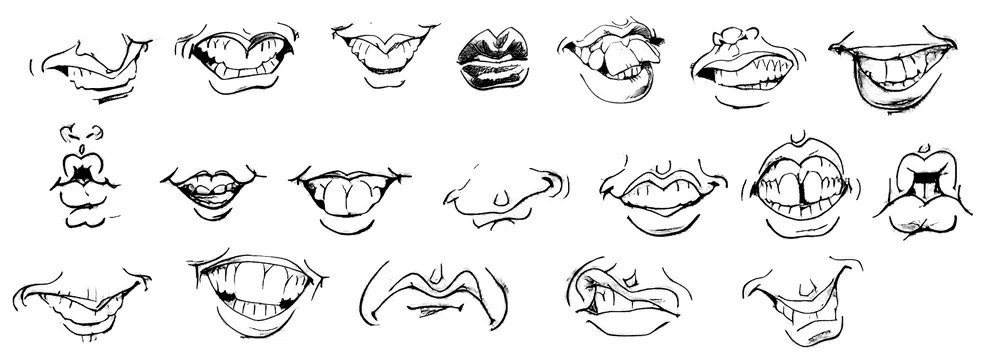
9- Tips and tricks
- Make use of references: View pictures and pictures of smokes and their mouths to get ideas and direction.
- Let’s start with some light characteristics: Don’t rely too much on your pencil at first because you run the risk of creating difficult-to-remove marks.
- Change the pencil’s pressure by applying more force to create more pronounced lines and shadow areas, and using a lighter touch to create clearer areas and finer details.
- Be patient and practice frequently: You will gain confidence and accuracy the more you draw mouthparts.
With practice and good method, you may create realistic and expressive drawings while letting your imagination run wild and having fun.
Did you find this article useful? Like and share it!
generative art: from…
One fascinating aspect of digital art is generative art. It uses computer programs to create works of art on its…
Why order a…
Who wouldn’t want to get a portrait that captures the very essence of who they are? A portrait transcends a…
Digital art gallery…
Digital art, born from technological advancements, has reshaped global artistic landscapes. While the West pioneered this movement, Africa, particularly Cameroon,…
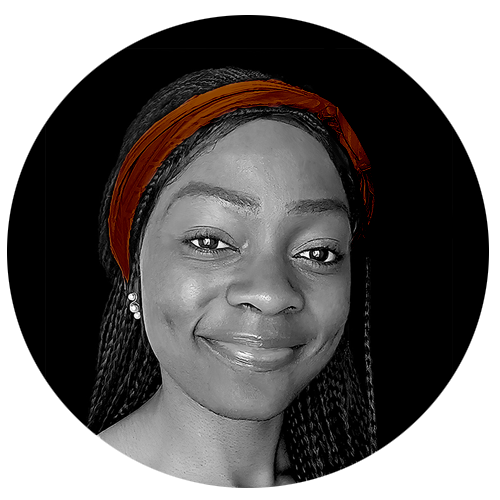
Author
I am Mba Verlaine, a Cameroonian artist passionate about African culture! On this blog, I share my thoughts, discoveries, and favorite topics.
